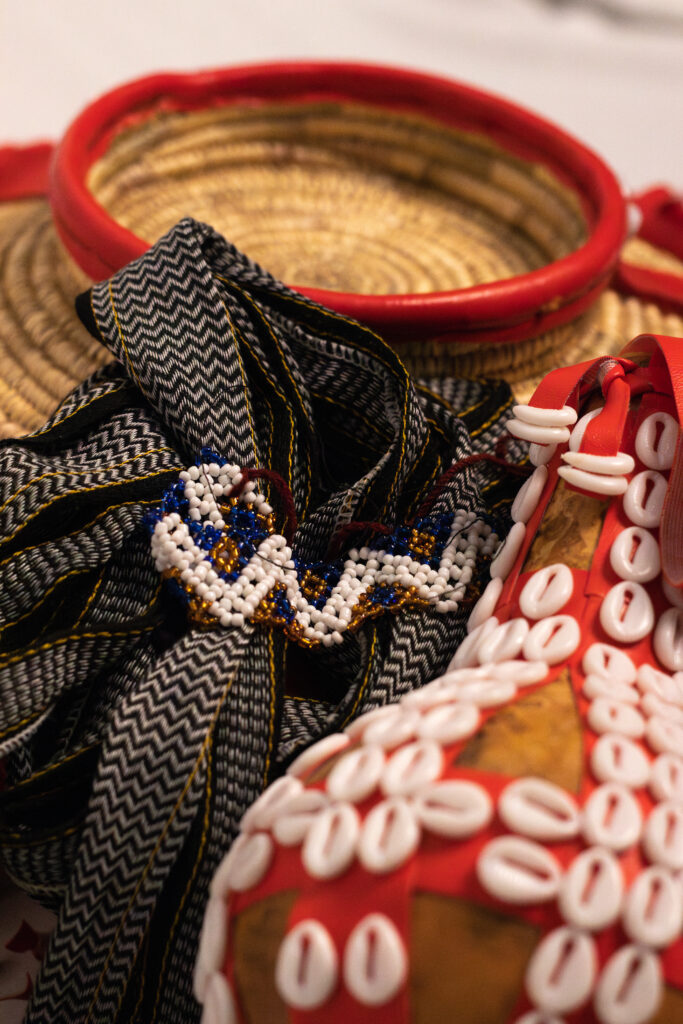By: Faaya Adem
From a small student-led effort to a growing tradition, the Oromo Student Union dance team is keeping its culture alive through dance.
Every year, the University of Minnesota’s Oromo Student Union (OSU) hosts an Oromo Night. The event showcases Oromo culture through dances, skits and a fashion show.
The dancers are not professionals. Instead, OSU has built a student dance team over the years. High school and college students from across the Twin Cities come to the university for weekly practices throughout the school year.

The dance team has grown to more than 50 dancers in the past few years, but it hasn’t always been like this. It wasn’t until the past two years that the team has grown massively.
As the Oromo youth in Minnesota become of high school and university age, many have taken an interest in learning more about their cultural dances, dramatically increasing the number of participants. The number of dancers has nearly tripled since OSU’s Oromo Night in 2023.
The increase in dancers has made many parents, past dancers and choreographers proud and excited to see Oromo youth embrace and honor their culture.
“I am beyond proud of the interest in the youth wanting to learn,” said Hennaa Foge, a University of Minnesota student and co-choreographer for OSU’s dance team. “They are always eager to learn and their hunger to learn is something that I enjoy seeing more than anything.”
Oromo people originate from the Oromia region of Ethiopia. Oromos fled Ethiopia in the 1980s due to war, famine and government persecution. There are more than 40,000 Oromos in Minnesota.
OSU performs 12 dances from all over the region. Some dances, like Tirri and Shaggoyyee, require women dancers to intricately sway and shake their heads to a beat, while dances like Wollo and Jimma require intense shoulder movements.

Every dance requires months of work to execute perfectly. Since women and men don’t always do the same movements, many dances are taught in pieces before being combined together.
Each region also has its own cultural clothes that are worn for the show. The women mainly wear colorful clothes, such as the “shishibo” dress and the “wandaabo” top and skirt. The men wear white tops, pants or toga-like white bottoms called “woya.”
For years, OSU struggled to find enough clothes from each region. Students would bring in whatever they had, and even then, many would wear clothes from different regions.
“Choreographers have gotten crafty,” said Foge. “With creativity and a decent budget, we have been able to grow our collection of ‘addaa’ [cultural clothes] and how we show our dance.”
After endless practices and dress rehearsals, the culture night is held in the spring. Scheduling the night is another task. OSU must work around major religious events like Ramadan and Easter, and still leave enough time for the show to come together.
The work is never over, even after the show is held. All of the music for the show is mixed and then choreographed by students. They spend hours over the summer break working on each dance.
“I love working on the mix, I have a love for Oromo and it has helped me learn and understand so much better,” said Foge.
The choreographers and dancers don’t mind the work though. They’re proud to showcase their culture, even if it requires hours of strenuous practice.
“Being a part of a community has shaped me into who I am. I have a profound love for my culture, dance, history and my community,” said Foge. “I only want to spread knowledge about Oromo people and culture.”